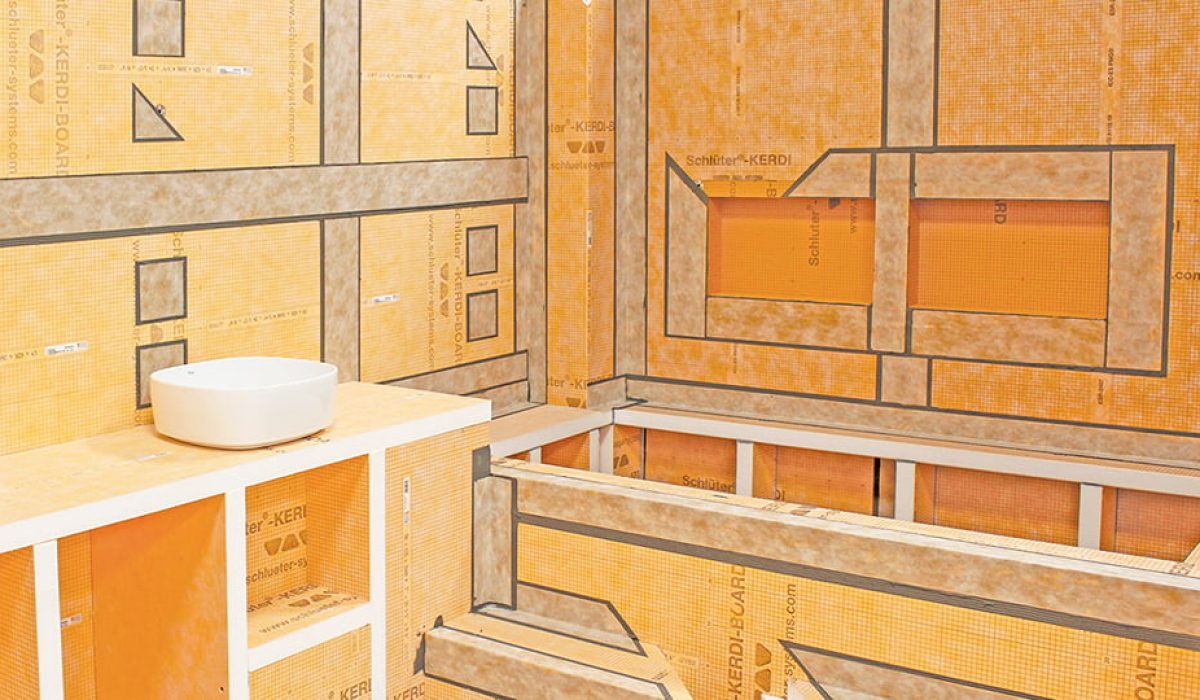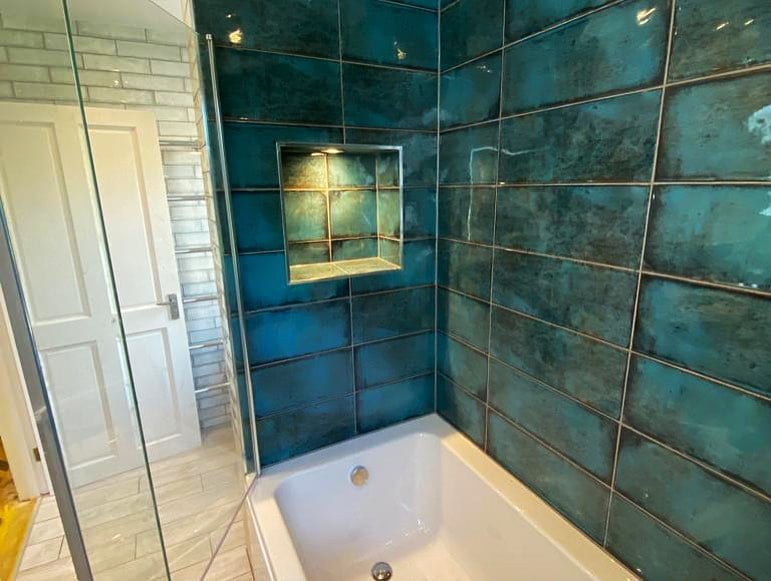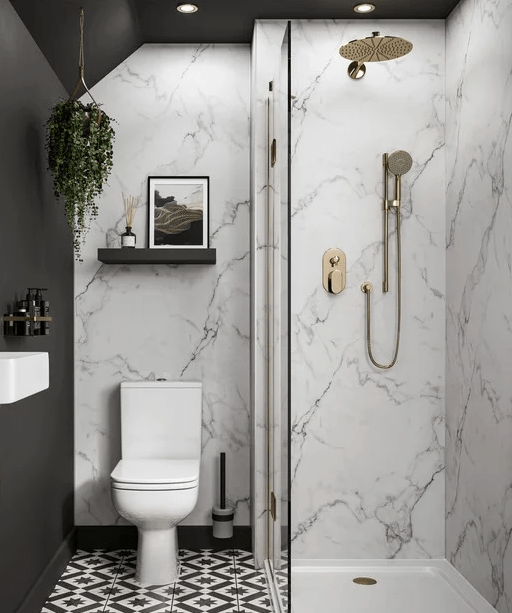We are excited to announce that we will be launching a new Q&A series on bathroom and wet rooms, which will feature expert answers from Daniel Baker, managing director at DSB. In our first Q&A we will be covering waterproofing bathrooms and wet rooms, which is the first stage of any bathroom installation. It’s essential to make sure that the walls and ceilings are protected against unnecessary damage caused by water penetration, in order to prevent mould growth, damp and condensation.
But what exactly is waterproofing? How is it done? And what could it cost? Read on to find out more!
Q1. Why should you waterproof a bathroom or wet room?
Primarily next to fire damage, water is the second most destructive type of damage caused to any property. The most detrimental part to a water leak is that unlike fire there is no smoke or warning meaning you will only know a small leak has occurred until it’s too late generally speaking.
Secondly is to ensure that the structure of a bath room or wet room beneath tiles and sanitary ware is not affected should there be a very small leak in grout or silicone.
Lastly and I say this to all of our clients, when it comes to the cost of a bathroom, wet room or repair, the piece of mind installing a waterproofing system far outweighs the initial cost in the long run. It is standard on all our installations.
Q2. What options are there for waterproofing a bathroom or wet room?
There are many different systems available to achieve a fully water proofed installation prior to tiles and sanitary ware. The main systems we use are: Schluter, and pro shield tanking kits both which we keep in stock.
Q3. How does waterproofing work?
Simply by applying the application once the substrates have been installed. This must happen prior to tiles, shower wall panels and sanitary ware being installed.
Q4. Aren’t bathroom materials already water resistant?
The simple answer is yes, however once compromised can cause untold damage to the structure of flooring and substrate.
Q5. What areas need to be made waterproof?
At DSB we apply a minimum waterproof tanking solution to all wet areas ie bath floor and walls & shower floor and walls.
Q6. How can I tell if my bathroom is waterproofed?
When you get a leak and it pours through the ceiling unfortunately. Only upon installation by your fitter will you 100% know if your bathroom or wet room has been waterproof tanked. In our installations pulling off the bath panel you will be able to see the areas that have been waterproofed.
Q7. Do you need to pick special flooring and wall coverings for a waterproofed bathroom or wet room?
No. An experienced installer/fitter should always be fully aware that a comprehensive installation requires a waterproofing tanking system. Unless an obscure material has been chosen to finish a bathroom, I have not come across any materials that will not bond to a tanking system.
Q8. How much does waterproofing a bathroom or wet room cost?
This will vary as every job is a different size and may require a different level of tanking system. A typical 2.5 m x 2.5m with 1 bath or shower will typically cost £225+vat. A wet room on the other hand does require a more comprehensive tanking system. We have a Schluter system which for a 2.5m x 2.5 tiled wet room floor will cost on average £650+vat as a general rule of thumb.
Q9. How long does it take to waterproof a bathroom or wet room?
A typical bathroom with a 1200x800mm shower tray and ceiling height of 2400mm will take approx 2 hrs in 2 visits. The Schluter system will take around double this time for the same area.
Q10. My current bathroom is leaking, can this be waterproofed while retaining my flooring and/or tiles?
Unfortunately not. To ensure a fully waterproofed bathroom/wet room, application needs to be applied before wall and floor finishes in the wet area. To waterproof an existing space, tiles and flooring would need to be removed and replaced.
For more information on how DSB can waterproof your existing bathroom or create a new one for you, get in touch with us for a FREE estimate!



